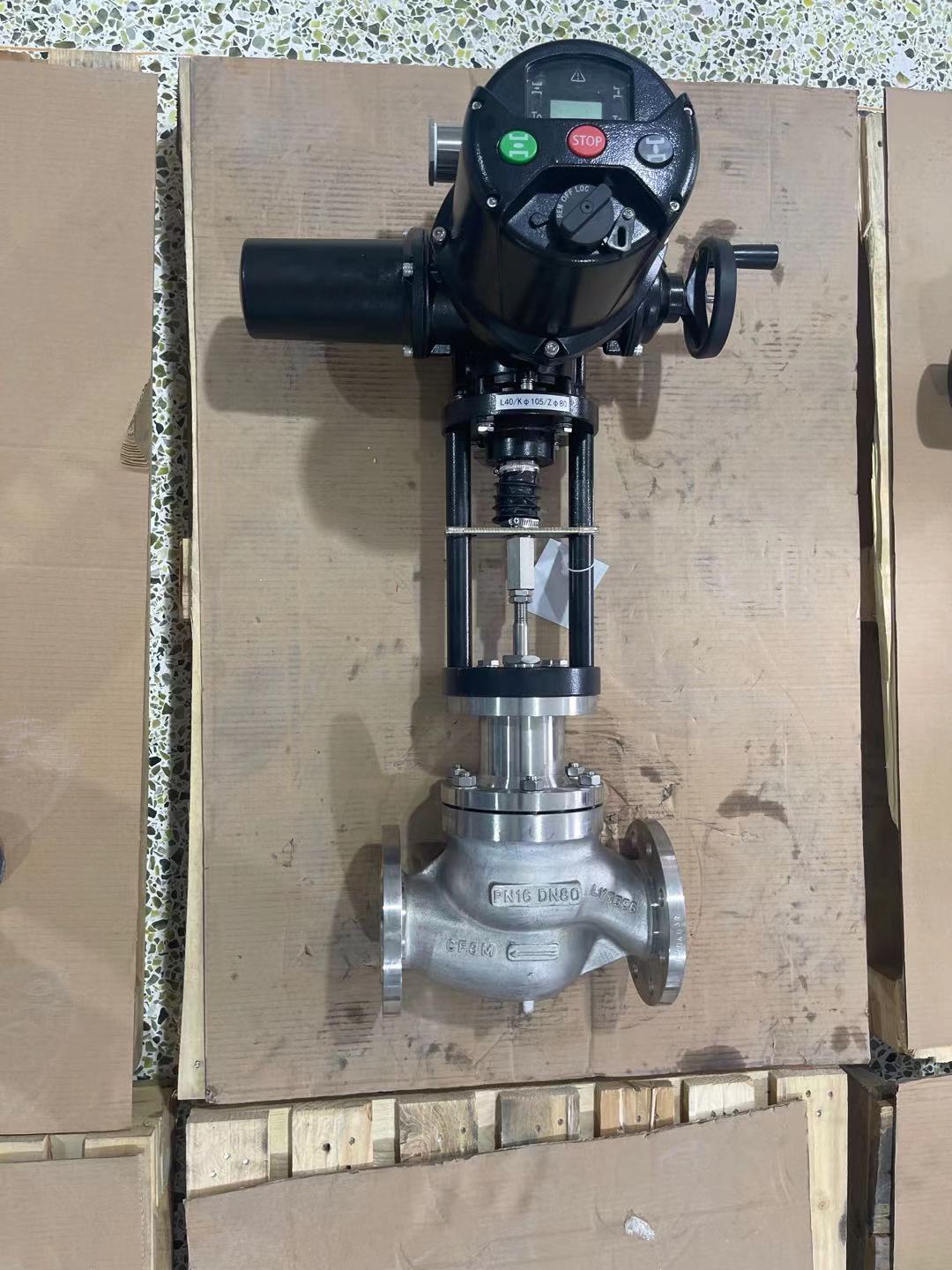hydrogen energy electric two-seat regulating valve: a key component in sustainable energy systems
Release time:2024-12-05 04:37:50
As the world shifts towards more sustainable and renewable energy sources, hydrogen energy has emerged as a promising solution for clean energy production and storage. Central to the efficiency and safety of hydrogen systems is the technology used for controlling the flow of hydrogen gas. One such technology is the Hydrogen Energy Electric Two-Seat Regulating Valve. This valve plays a crucial role in managing hydrogen flow in various applications, including fuel cells, storage systems, and transportation. This article explores the importance, function, and benefits of the hydrogen energy electric two-seat regulating valve.

What is a Hydrogen Energy Electric Two-Seat Regulating Valve? A hydrogen energy electric two-seat regulating valve is an advanced control valve designed specifically for use in hydrogen energy systems. The term "two-seat" refers to the valve's structure, which incorporates two sealing surfaces or seats that ensure a tight and reliable closure when the valve is in the off position. The valve is electrically actuated, meaning it uses an electric motor to adjust its opening or closing, allowing precise control over the flow of hydrogen.
This valve is typically used in applications where the flow of hydrogen needs to be carefully regulated, such as in hydrogen fueling stations, fuel cell systems, and hydrogen storage tanks. By providing accurate and reliable control over the gas flow, the valve helps optimize the performance, safety, and efficiency of hydrogen-based energy systems.

